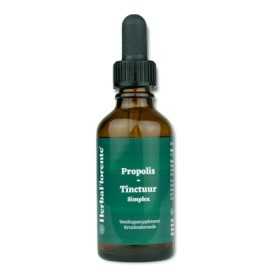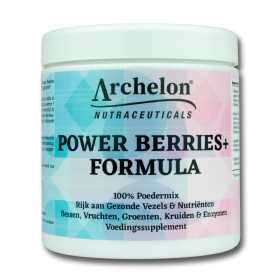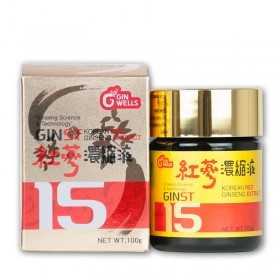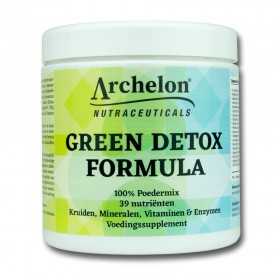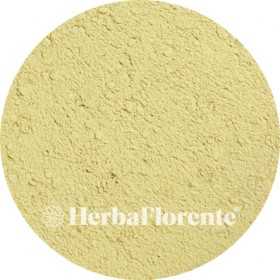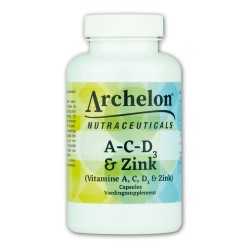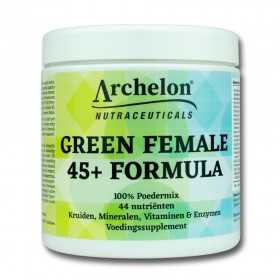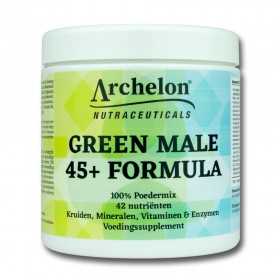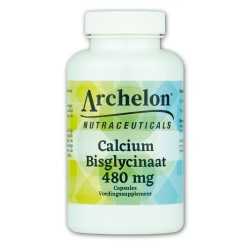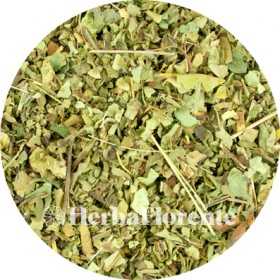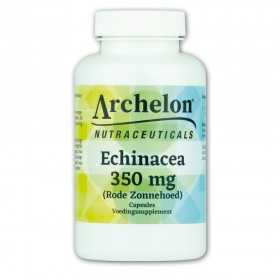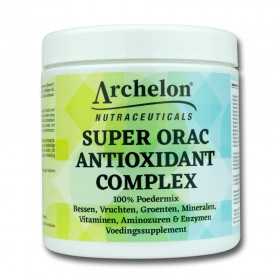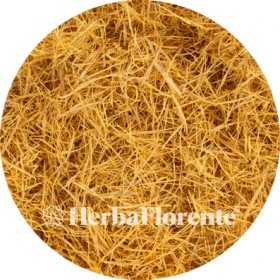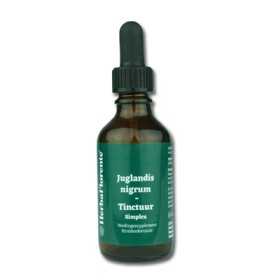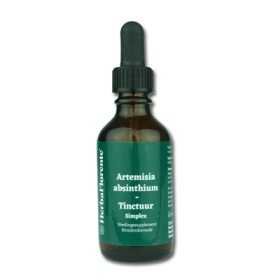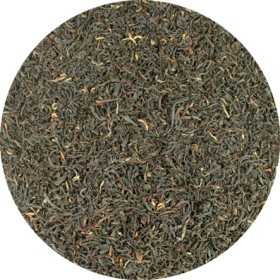New products
There are 4 products.
Black Walnut Tincture - Juglandis nigrum Tincture
Single herbal tincture made with the dried husk of Juglandis nigrum (Black Walnut).
The husk of the black walnut (Juglans nigra) comes from the immature fruit of the black walnut tree (Juglans nigra).
Black walnut (Juglans nigra, also known as 'black nut') is a type of walnut that grows naturally only in the United States and Canada, hence the term American black walnut. Juglans nigra belongs to the walnut family.
The husk of the black walnut (Juglans nigra) comes from the immature fruit of the black walnut tree (Juglans nigra).
Black walnut (Juglans nigra, also known as 'black nut') is a type of walnut that grows naturally only in the United States and Canada, hence the term American black walnut. Juglans nigra belongs to the walnut family.
€10.95
Wormwood Tincture - Artemisia absinthium Tincture
Single herbal tincture made with dried herb of Artemisia absinthium (Wormwood).
Wormwood (Artemisia absinthium) is a plant in the Asteraceae family. This species is listed on the Dutch Red List of Plants as relatively rare and moderately declining. It is a perennial plant that grows naturally in dry, calcareous, nitrogen-rich, and cultivated soils in temperate regions of Europe, Asia, and North Africa. The genus name Artemisia is derived from the Greek goddess of hunting, Artemis.
Wormwood (Artemisia absinthium) is a plant in the Asteraceae family. This species is listed on the Dutch Red List of Plants as relatively rare and moderately declining. It is a perennial plant that grows naturally in dry, calcareous, nitrogen-rich, and cultivated soils in temperate regions of Europe, Asia, and North Africa. The genus name Artemisia is derived from the Greek goddess of hunting, Artemis.
€10.95
Black Tea Assam - Camellia sinensis
Black Tea Assam is a black tea from the state of the same name in India. Since 1838, this tea has also been drunk outside India, but in the first 25 years it could not compete with the already popular Japanese and Chinese teas, which had been popular in Europe since the 17th century. Today, about half of the total Indian tea production comes from Assam, making this region more popular than the other famous Indian teas: Darjeeling and Nilgiri.
€2.95
From: €2.95
Vitamin D3 - 2,500 IU - 62.5 mcg & (Menaquinone-7) 25 mcg & Magnesium malate 100 mg
Vitamin D is also produced by our skin, but for many this is not sufficient or does not work well. Supplementing with vitamin D is a good solution for this. Vitamin D is important in various processes in the body.
Vitamin K2 in the form of Menaquinone-7 is the most effective form of vitamin K2. It appears to be present in the body for a very long time and can therefore be effective for a long time. Vitamin K contributes to normal blood clotting. Furthermore, vitamin K2 contributes to good bones by supporting calcium absorption.
Magnesium malate is a powerful form of magnesium that is specifically aimed at stimulating physical energy. This mineral is bound to malic acid, an essential part of our energy production.
Vitamin K2 in the form of Menaquinone-7 is the most effective form of vitamin K2. It appears to be present in the body for a very long time and can therefore be effective for a long time. Vitamin K contributes to normal blood clotting. Furthermore, vitamin K2 contributes to good bones by supporting calcium absorption.
Magnesium malate is a powerful form of magnesium that is specifically aimed at stimulating physical energy. This mineral is bound to malic acid, an essential part of our energy production.
€36.95

